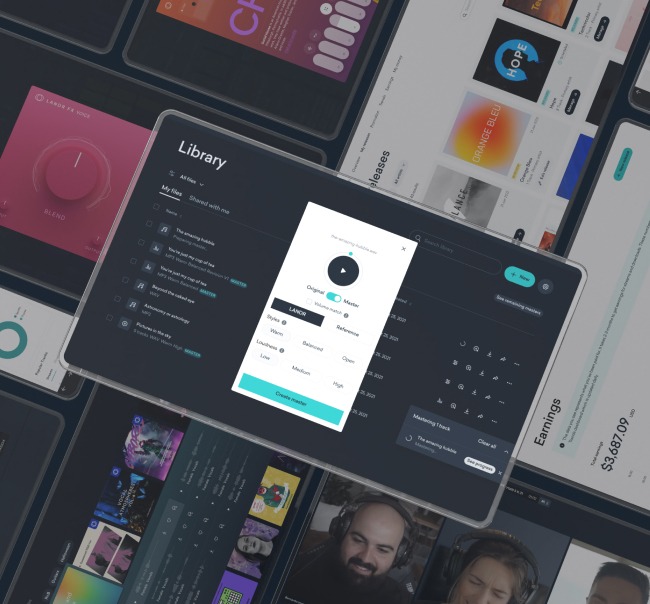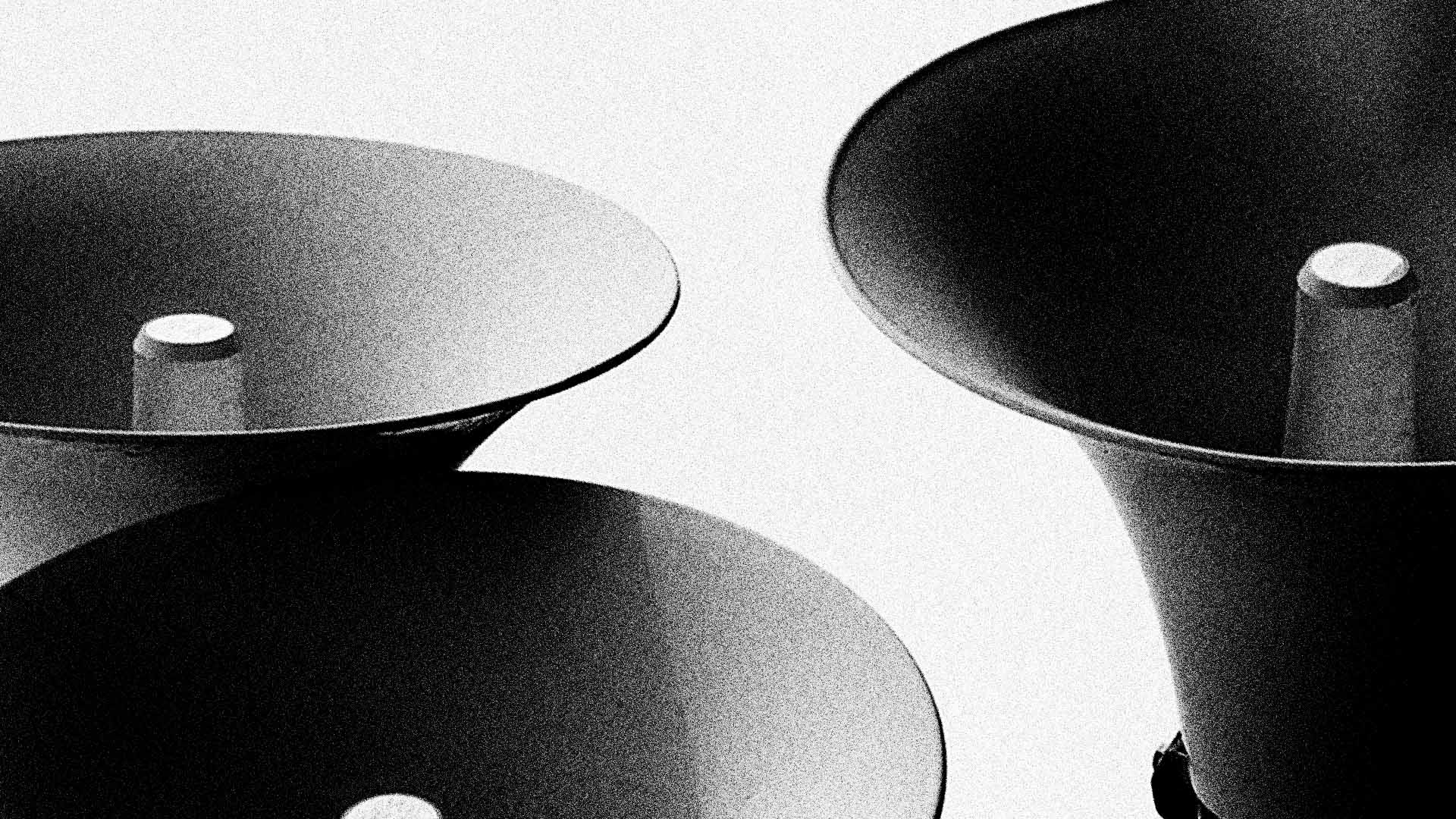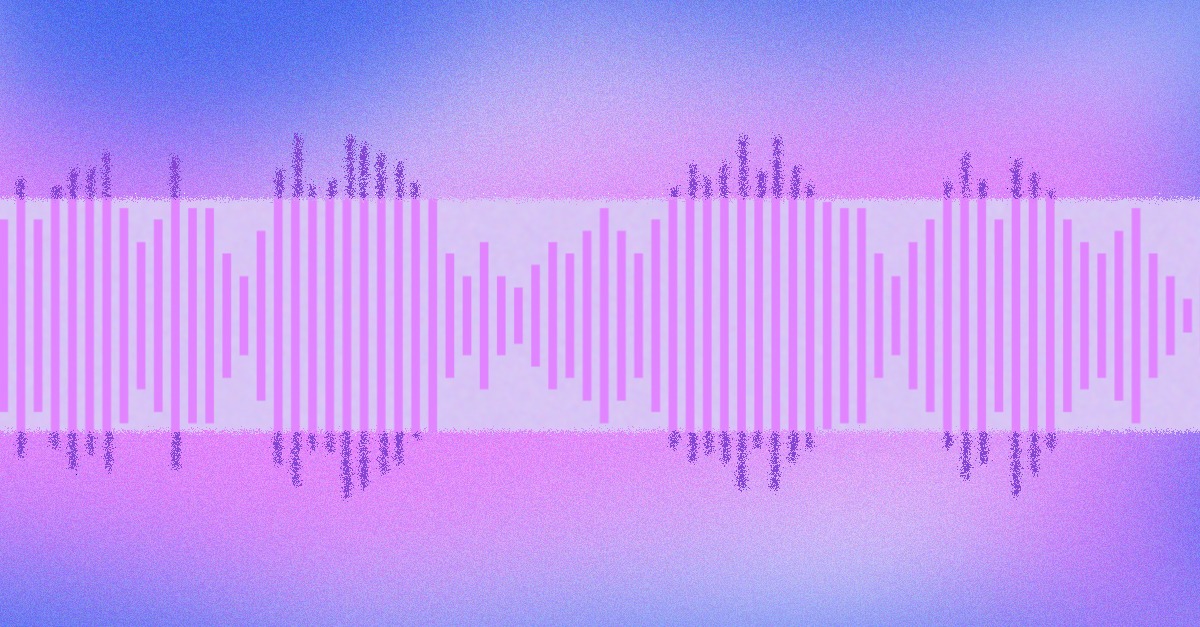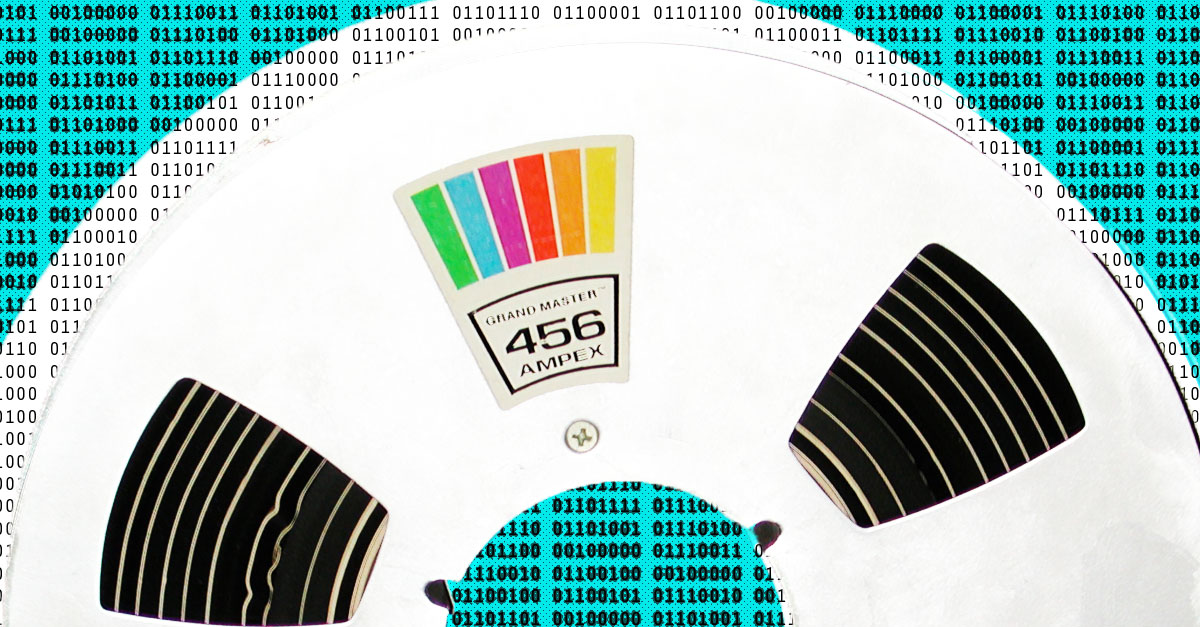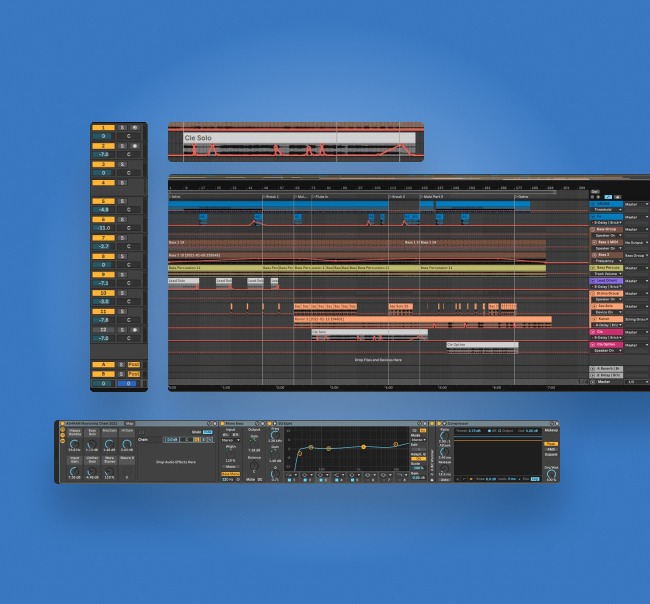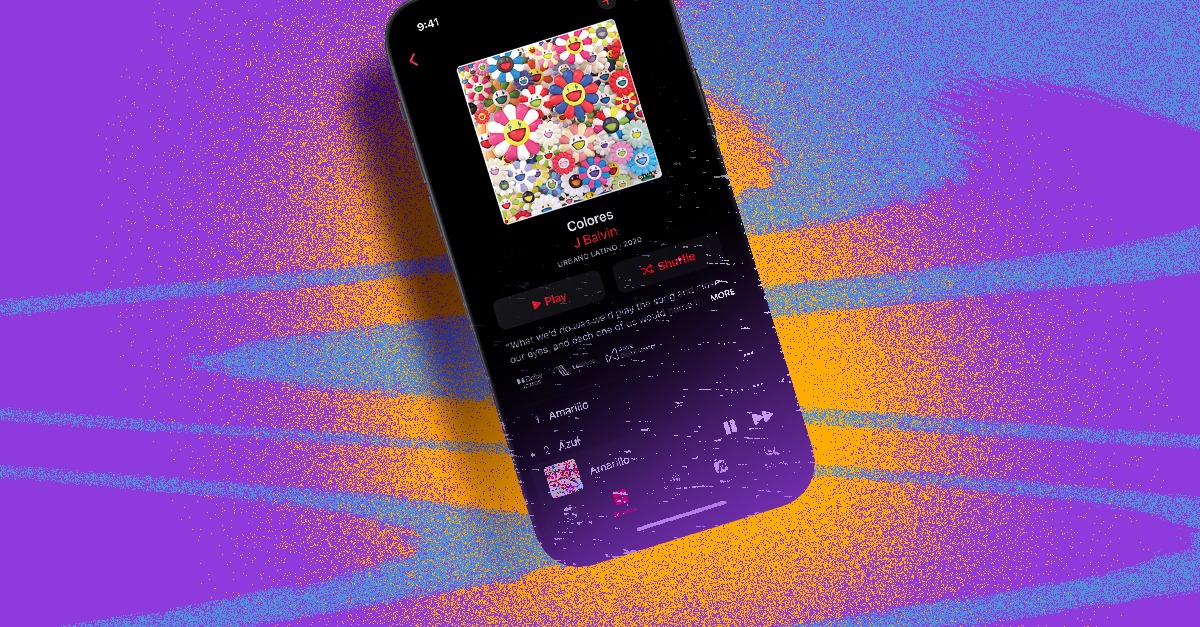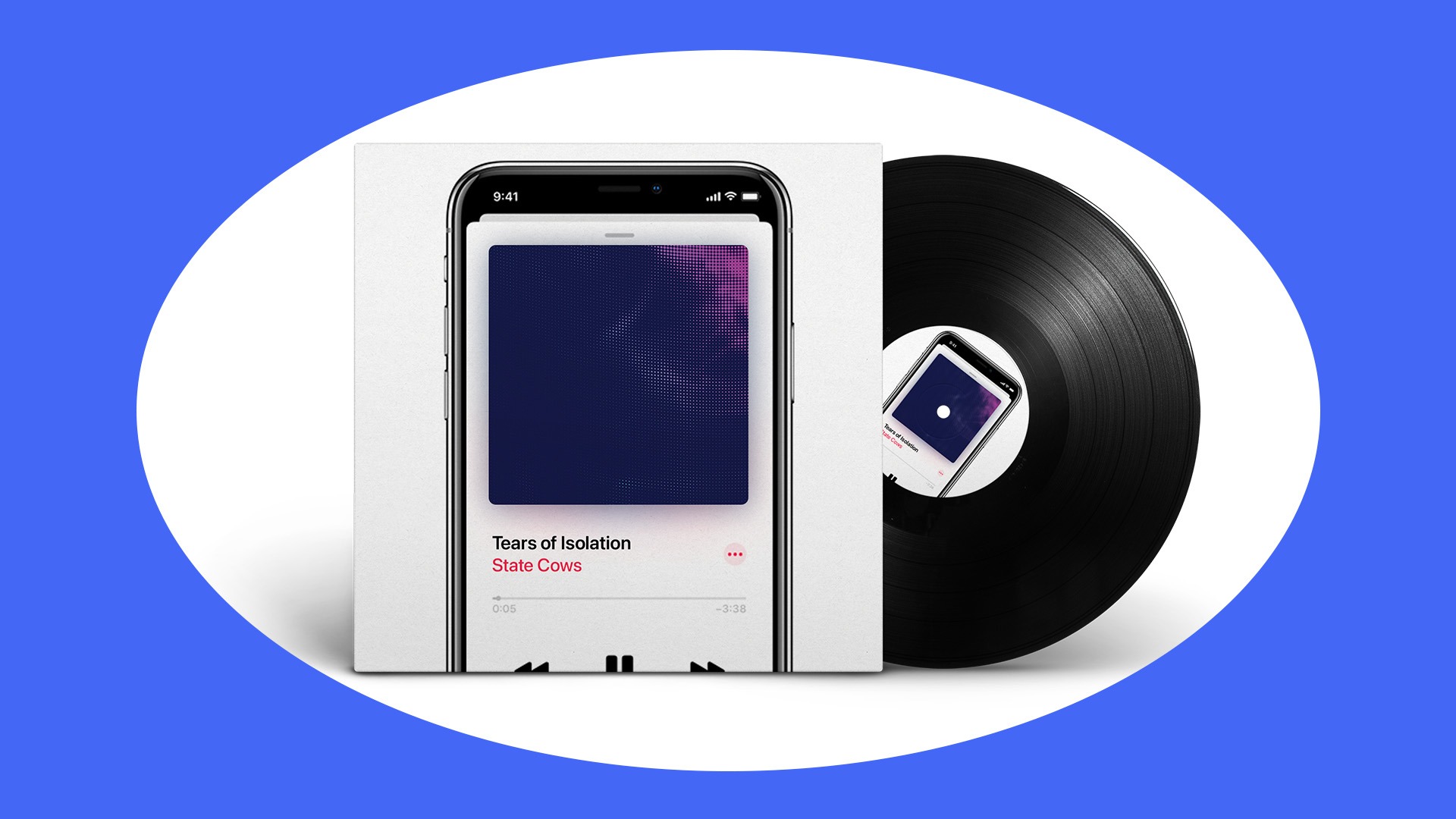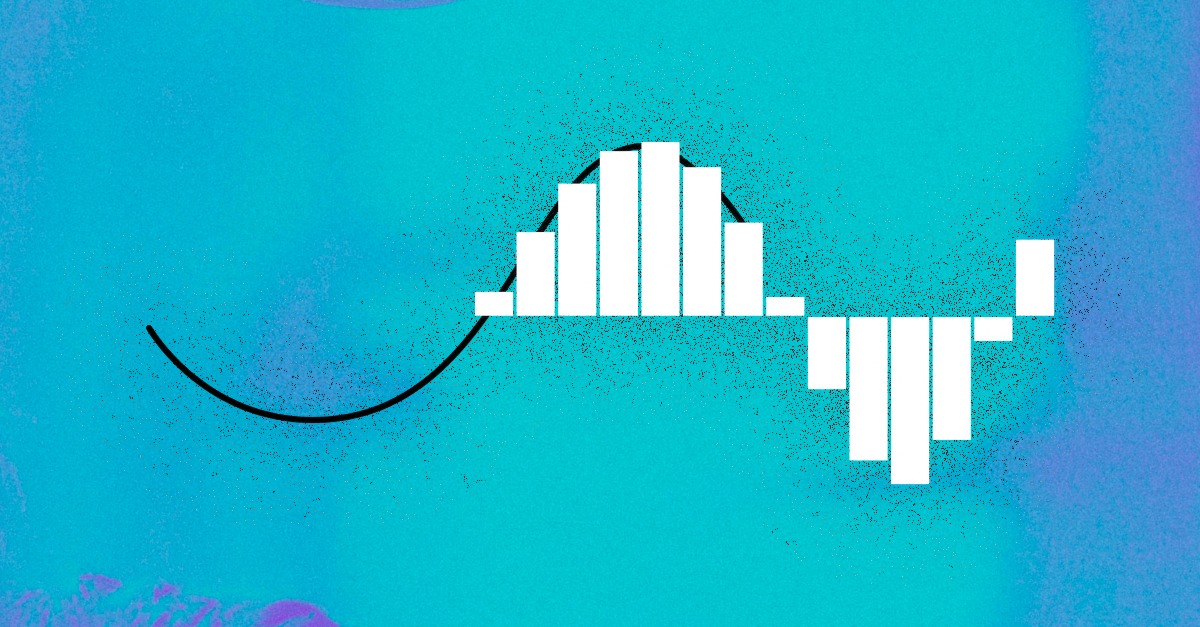
What is Sample Rate? Audio File Quality Explained for Producers

Sample rate is a basic concept in digital audio that applies to every file in your DAW session.
Along with bit depth, sample rate determines the basic quality of your raw material in music production.
But what exactly is sample rate? What does the term mean and how should you decide which sample rate to use?
In this article I’ll break down the term, explain the concept behind its use and give advice about which one to select when you start a new session.
What is sample rate?
Sample rate is the quality of a stream of digital audio that determines how often it was measured during the initial stage of analog to digital conversions.
It refers to the number of times an audio signal is sampled during the process of converting analog audio into digital information.
Sampling, in this context, means taking snapshots or “samples” of the continuous analog waveform at regular intervals.
You can think of it like a camera capturing individual film frames in a movie reel. In this analogy each frame represents a moment in time.
Expressed in hertz (or samples per second), a higher sample rate results in more accurate digital representations of the original sound, the same way more film frames per second create smoother motion in a movie.
In the world of music production, common sample rates include 44.1 kHz (used in CDs), 48 kHz (standard for video and film), and 96 kHz (high-resolution audio).
Understanding and choosing the right one for your projects is crucial to achieving optimal audio quality while maintaining efficiency in file size and system resources.
The Basics of Digital Audio
Learn the fundamentals of your raw musical materials.

Sampling theorem vs. samples
If you’ve heard the term sampling and samples before, you might be thinking of the classic audio cut-and-paste technique that rose to prominence in the early hip-hop era.
Sampling theorem is the deeper concept that underlies the digital recording systems that made sampling possible.
When it comes down to it, sound waves are just changes in air pressure that emanate from the source.
A microphone converts those changes in pressure can into changes voltage of an electrical signal.
The microphone’s element moves in step with these air pressure changes and generates a weak electrical signal. That signal is said to be analogous with the original sound—the origin of the term “analog!”
So how do you represent an analog electrical signal as digital information? Sampling.

Johnny breaks down the basics of beats.
By taking thousands of discrete measurements every second, a digital system can store the information and then reconstruct it later when it’s time to play back.
The more measurements, the greater the detail that can be reconstructed from the signal.
Sample rate simply means the number of measurements that occur in one second.
How to choose your project sample rate
If you’re starting a new DAW project, you’re probably wondering what the best sample rate is for music production.
There are a few general recommendations but it’s not quite that straightforward!
For a long time, many audio professionals considered the CD-era sample rate of 44.1 kHz to be ideal.
There’s nothing wrong with choosing this option, although modern digital audio production is capable of much higher rates.
Some converters are capable of operating at rates as high as a whopping 192 kHz.
And while this provides a much higher density of information, it increases the size of your recorded files.
That may even seem like it’s worth it at first glance, but there’s an issue. We haven’t seen convincing evidence that listeners can reliably tell the difference between CD-quality and high resolution audio.
On top of that, the majority of consumer audio hardware isn’t capable of maintaining high sample rates throughout the sound reproduction process.
Still, you may find it compelling to record and mix at higher sample rates. At least in theory, greater density of information offers more sonic material for processing by your mixing plugins.
For those reasons, my recommendation is to choose a sample rate that strikes a balance between file size and information density.
For example, 48 kHz offers greater quality than CD. Even so, the resulting increase to the storage needed for a project is minimal.
Not only that, this sample rate is commonly used for film and TV audio since it scales easily to match the 24 fps standard cinematic frame rate. That means it has plenty of adoption at every stage of production.
Does sample rate really matter?
Sample rate is a topic of debate among professionals and audiophiles.
But does it really make a significant difference in the quality of your music production?
The short answer is yes, sample rate does matter, but only up to a certain point.
It plays a critical role in capturing and reproducing audio accurately, and it can have a notable impact on the fidelity and overall sonic character of your recordings.
Higher rates provide greater frequency response and better resolution. This allows for more detailed and accurate representation of the original sound source.
However, it’s important to remember that the human hearing range is generally between 20 Hz and 20 kHz. Although music may contain some frequencies higher than this, their effect on perception is debatable.
To this day, most consumer audio formats, such as CDs and MP3s, use a 44.1 kHz sample rate. For the majority of listeners, this is more than sufficient to capture the full range of human hearing.
However, higher sample rates can give you an advantage in some situations. For example, recording and processing audio at higher sample rates can provide additional headroom for certain audio processing tasks, such as time stretching and pitch shifting.
Additionally, some professionals prefer working at higher sample rates to minimize the artifacts and distortion that can be introduced during the conversion process.
In the end, there’s no downside to using a reasonably high sample rate with today’s abundant processing power and storage resources.
But you’ll still have to decide for yourself if recording music at higher sample rates is worth it.
Audio file quality 101
In the end, sample rate matters. But it’s essential to balance capturing a broad frequency range with file size and resource management.
48 kHz strikes an ideal balance for most projects, but don’t hesitate to experiment with higher rates if needed.
After all, choosing the right sample rate depends on your music’s requirements and your production environment’s limitations.
Now that you know the basics of sample rate, get back to learning and pushing your music production boundaries.
Gear guides, tips, tutorials, inspiration and more—delivered weekly.
Keep up with the LANDR Blog.
